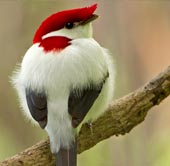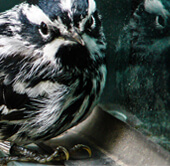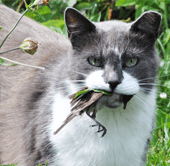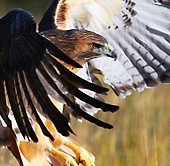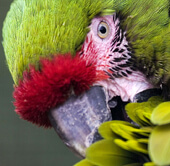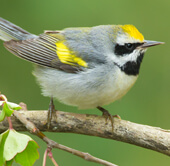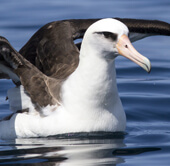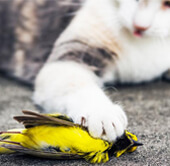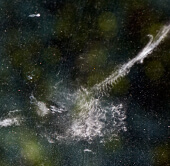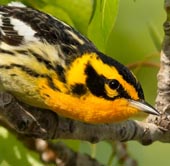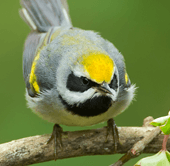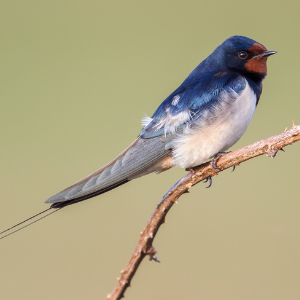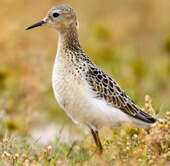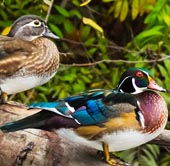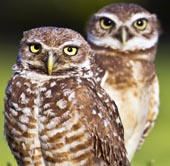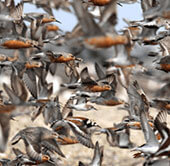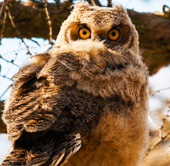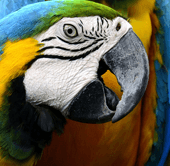-
Bahama Oriole
The dashing Bahama Oriole has shiny black plumage and bright lemon-yellow on its belly, wings, and rump. Unlike the related Baltimore Oriole, male and female Bahama Orioles are very similar in appearance. Found only on the Andros Islands in the… Read More »
-
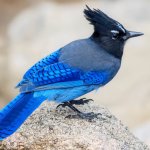
Steller's Jay
The gregarious and noisy Steller's Jay traditionally has been the only crested jay found west of the Rocky Mountains, although in recent decades, its close relative the Blue Jay has made some inroads there. This robust species is also sometimes… Read More »
-
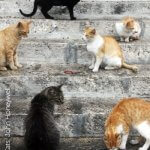
Two New Studies Document Link Between Serious Mental Disorders and Parasites Associated with Cats
(Washington, DC, June 3, 2015) Two new peer-reviewed studies have just been published evaluating the link between serious mental disorders and a common cat-carried parasite, Toxoplasma gondii, which can infect any warm-blooded species (i.e., birds, mammals) but relies on felids… Read More »
-
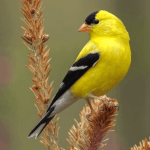
Common Backyard Birds of the United States
American Robin. Photo by Jeff Rzapka/Shutterstock. If you’re just getting interested in birds, identifying the ones that live in your backyard or neighborhood is a great place to begin. With a little guidance and patience, most people can quickly learn… Read More »
-

Hummingbirds Lead Intense Lives: How Long Do They Live?
The ornithologist James Welty once said that “birds lead intense lives.” Perhaps no avian group embodies that phrase better than the hummingbirds. With wings beating so fast they’re a blur, these tiny birds fuel their super-high metabolisms with sugary flower… Read More »
-

Kentucky Warbler
The furtive, beautiful Kentucky Warbler is a sought-after springtime sighting throughout the eastern U.S. Like the Wood Thrush and Ovenbird, this inhabitant of deep, damp forests is more often heard than seen. A patient observer may eventually track the song… Read More »
-

Yellow Warbler
The Yellow Warbler is the most widespread American wood-warbler. It nests from Alaska to northern South America (including the Galápagos Islands), and in much of the Caribbean, and winters as far south as Peru. Tail tip to forehead, this is… Read More »
-

Western Tanager
The male Western Tanager’s glowing yellow and red plumage lights up the coniferous and mixed forests of western North America each spring. The female, a drabber mix of olive-green, gray, and light yellow, virtually disappears into this habitat. Even males… Read More »
-
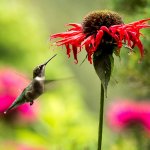
Create a Feeder-Free Hummingbird Paradise in Eight Steps
Hopped up on sugar, wings moving too fast to see, hummingbirds are winging their way to your part of the United States, if they’re not there already. In the East, the Ruby-throated Hummingbird prevails, but out West, more than a… Read More »
-
Indigo Bunting
A male Indigo Bunting in breeding plumage is a glorious symphony of shimmering blues, turquoises, and purples. But these beautiful colors are illusory: Like the iridescence of hummingbirds and the blue plumage of other species such as Eastern Bluebird, the… Read More »
-
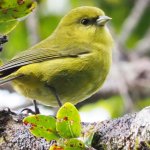
‘Akeke‘e
The ‘Akeke‘e, a small greenish-yellow Hawaiian honeycreeper with a blackish mask, is named for its asymmetric bill. Its name likely derives from the Hawaiian word ke‘e, meaning "crooked" or "bent." Its genus name Loxops derives from the Greek for "twisted… Read More »
-
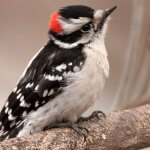
Downy Woodpecker
Famed ornithologist John James Audubon remarked that the Downy Woodpecker "is perhaps not surpassed by any of its tribe in hardiness, industry, or vivacity." Other noted naturalists, from Alexander Wilson to Edward Forbush, sang its praises, with Forbush calling this… Read More »
-
Cactus Wren
The Cactus Wren is the largest wren found in the United States — about the size of a Spotted Towhee. Its curious nature and loud, chattering calls make this bird one of the most well-known species of the southwestern desert.… Read More »
-
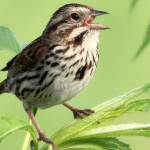
Song Sparrow
At first glance, the Song Sparrow is a typical "little brown job," a term sometimes bestowed by frustrated birders on species in the large, often look-alike sparrow family. But a closer look at this familiar bird reveals a species as… Read More »
-
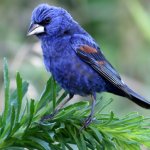
Blue Grosbeak
Although the male Blue Grosbeak is colorful, this chunky, finch-like bird of brushy habitats is often first detected by voice. Once seen, a male Blue Grosbeak is distinctive, with deep-blue plumage set off by two rust-colored wingbars. Like the Black-throated… Read More »
-
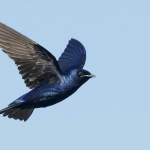
Migration Marvels Millennia in the Making
Purple Martin in flight. Photo by Agami Photo Agency. Bird migration is a marvel that has captivated the human imagination for millennia. Some of the earliest cave art tells the story of the comings and goings of birds through the… Read More »
-
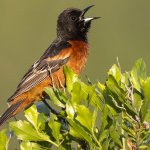
Orchard Oriole
A mature male Orchard Oriole is a handsome sight, with rich chestnut underparts set off by black upperparts, head, and tail. Its black wings are accented by bright white wing bars. Female and juvenile Orchard Orioles are a more subdued… Read More »
-
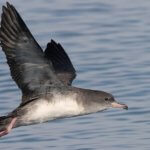
Pink-Footed Shearwater
Flying over the Pacific Ocean, sensing every movement of the wind and waves, Pink-footed Shearwaters are finely attuned to the world around them. These ocean-going birds are frequently far from human civilization, and as the old saying goes, “out of sight, out… Read More »
-
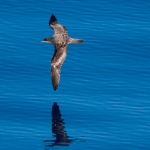
From Open Ocean to Sandy Shores, Oceans are Bird Habitat
The Wedge-tailed Shearwater spends most of its life at sea, coming to land only to breed. Photo by Sophie Webb. Open Ocean | Islands | Shores Earth is known as the “blue planet” for a good reason: the ocean covers… Read More »
-
Black-capped Chickadee
The feisty Black-capped Chickadee is the most common and widespread of the seven chickadee species found in North America. Named for its call and trademark black cap, this little bird is a common sight at backyard bird feeders, along with… Read More »

